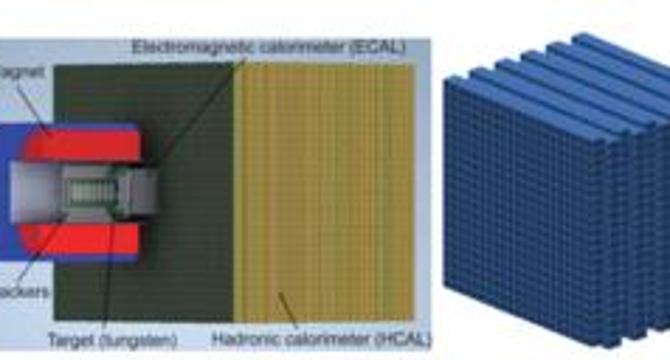Bioengineer
1w
414

Image Credit: Bioengineer
Breakthrough in Dark Matter Detection: Novel LYSO Crystal Calorimeter Boosts Dark Photon Search Sensitivity
- The DarkSHINE experiment focuses on detecting dark photons with the help of an electromagnetic calorimeter (ECAL), making significant progress in dark photon searches.
- The ECAL in the DarkSHINE detector system plays a crucial role in tracking particle interactions and energy measurement, enhancing sensitivity to dark photon signals.
- Analysis of energy deposition patterns in the ECAL distinguishes dark photon-induced events from background interactions, showcasing the detector's effectiveness.
- Efficiency studies on the ECAL show its ability to respond across various dark photon masses while maintaining high signal efficiency and suppressing background noise.
- Assessments of the ECAL's energy resolution and containment demonstrate precision in energy measurement and complete capture within the calorimeter's boundaries.
- Collaborative efforts between experienced researchers and PhD student contributors, like Zhiyu Zhao, drive innovation in detector technology and experimental validations.
- The diverse DarkSHINE detector team unites physicists, engineers, and technologists to push the boundaries of dark matter research through interdisciplinary collaboration.
- The ECAL design's responsiveness to energy signatures and spatial localization aids in detecting rare dark photon interactions with precise discrimination capabilities.
- Integration of simulation models with empirical data helps refine detector designs, optimizing geometry and material composition for enhanced predictive capabilities.
- Future enhancements to the ECAL aim to improve granularity, timing accuracy, and scintillation efficiency to increase sensitivity in detecting or constraining dark photon parameters.
Read Full Article
24 Likes
For uninterrupted reading, download the app